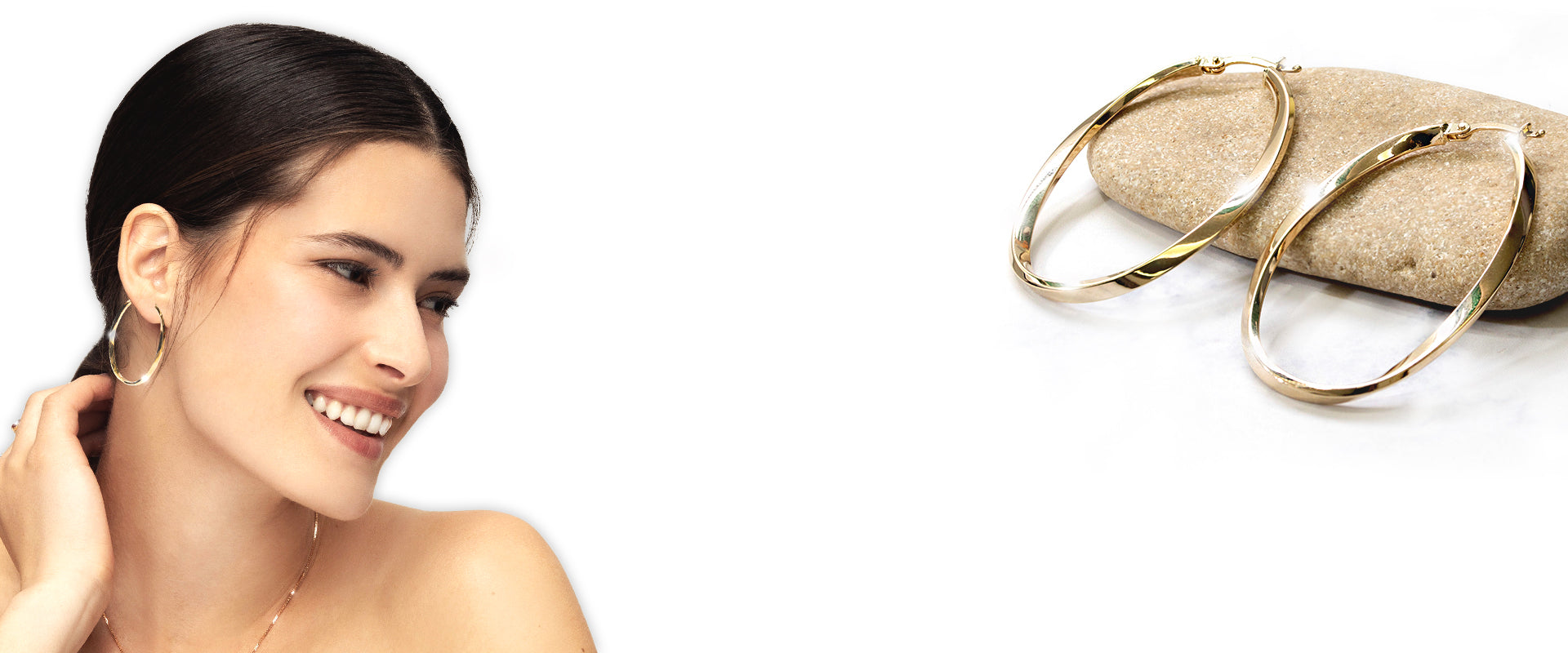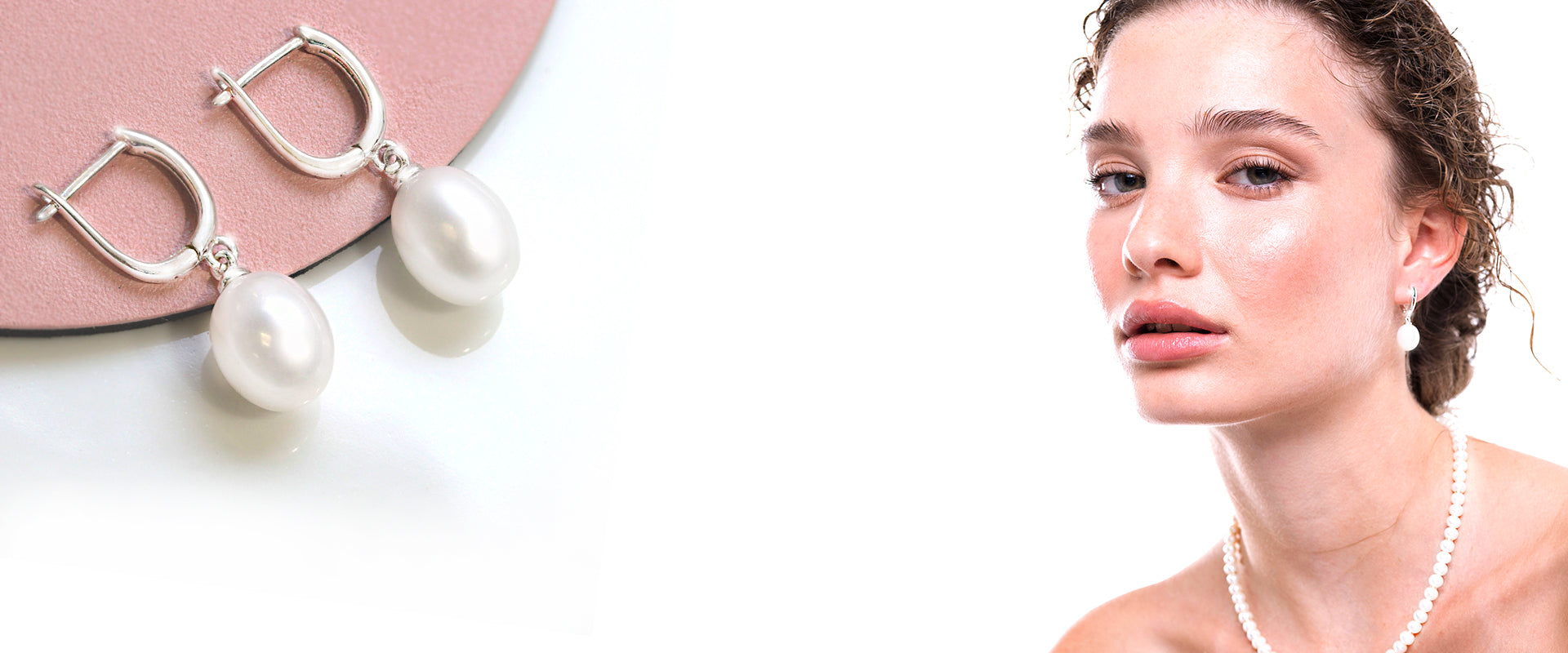Gold Karat Durability
Gold is a noble metal that is radiantly beautiful and has been used in jewelry making for years. Gold is touted to be one of the most durable metals and for good reason because of its resistance to the effect of these elements such as time and weather conditions. Because pure gold is soft and easily bent, it is alloyed with other metals like copper or silver to give it a much tougher structure. This is where the karat system comes in, the number of karats in gold jewelry refers to the percentage of other metals alloyed with pure gold. 24 karat gold is 100% gold also known as the gold standard. So dividing the number of karats in a piece of jewelry by 24 gives you the percentage of gold used in that piece of jewelry, therefore 18 karats is 75% gold, 14 karats is 58% gold and 10 karats is 41% gold.


As you consider purchasing gold jewelry, it is only fair that you would want to get a piece that is highly durable and will last you for a good number of years. We’ve answered a few questions you might have about the durability of different karats of gold and how many karats of gold would best suit a particular piece of jewelry to help guide you and ensure you get the best use out of your pieces of jewelry.
Which is more durable between a 14 karat and 24 karat gold necklace?
24 karat gold is pure gold and is soft and malleable which is why it is alloyed with other metals to make it stronger and more durable. A 24 karat gold necklace will be more expensive and have a higher value than a 14 karat gold necklace but it is also softer and more prone to scratching and bending. If you want to a durable necklace you can wear every day without worrying about it getting scratched or it’s clasp bending and falling off then the better option would be to get a 14 karat gold necklace. Although a 14k karat gold necklace is cheaper and has a lighter color than a necklace of 24 karat gold, it is much more durable because of the high content of other alloys in it that make it tougher and more resistant to wear than a 24 karat gold necklace.

Which karat is better for making a necklace?
Gold necklaces are a stunning adornment for your neck area, from fine thin gold jewelry pieces to thick chunky neck pieces there is no shortage of style options for gold necklaces. When it comes to the better option of karats for making a necklace, it is important to consider a few things like the style of jewelry, how often it would be used and the preference of the person who would be wearing the necklace. For a necklace that will be worn every day and will face conditions like getting snagged in hair and frequent contact with soap and water, it would be better to use a more durable karat of gold like 14 karats because it is harder and less susceptible to scratches and wears. For a gold necklace that is thick and showy that will be only worn on special occasions or will serve as an heirloom and a store of wealth, a higher karat of gold like 22 or 24 karats will be the better option for making that necklace. It all boils down to the preference of the wearer of the necklace.
Which karat is better for making wristwatches?
Because wristwatches will most likely be worn every day and they are positioned near the hands which put them in contact with a lot of hard surfaces and objects, it is better to use the more durable karats of gold to make a wristwatch. Using 18 karats or 14 karats gold to make a wristwatch will ensure you get a durable high-quality timepiece that shines and will last you for a long time without fading or scratching and bending. Using the softer, malleable karats of gold like 24k karats would be impractical as a watch needs to have strong links and clasps to avoid it bending or losing its shape and falling off.
Which karat works fine for bracelets?
For a thinner bracelet, a lower karat of gold will work fine because they are lighter in weight. Bracelets that are light and will be worn often either on their own or stacked up with other pieces of jewelry should be made with lower, stronger karats of gold such as 14 karat gold. Heavier and thicker bracelets that will be worn occasionally can be made with the higher and softer karats of gold such as 20 karats and upwards. if you want a high yellow color and shine as well as a heavier price tag and less susceptibility to tarnish then getting a bracelet made of 20 karats and above will work fine for you. However, if you want a bracelet that is a lighter shade of yellow, lightweight and durable for every day with a lighter price tag, then a bracelet made with 14 karat gold would work just fine.
Which karat works better for rings?
Rings are usually worn on the fingers so they come in contact with materials and surfaces that can easily scratch your jewelry. Your ring should ideally be from the lower karats of gold like 14 karat gold which is more durable and does not scratch or bend as easily as higher karats. For rings which do not have intricate designs and focus more on the radiance of gold like simple gold bands,18 karat gold would work better for them as it has a richer color and is much heavier than 14 karat gold. Rings that hold a gemstone or have intricate designs need a stronger karat of gold like 14 karats to support the designs and gemstones so they do not fall off and their bands do not bend easily. 14 karat gold works better for rings that will be worn by people who are active and use their hands often as they are more durable and will not scratch easily, 14 karat gold also offers a nice balance of price and purity of gold compared to higher karats.
Whichever option of karats of gold in your jewelry you decide to purchase is usually based on preference for most people and the kind of use you want to get out of your jewelry. Lower karats like 14 karat gold are more popular because they are affordable and more durable and can be worn every day while higher karats are seen as suitable as statement pieces because of the rich color, higher density, and malleability which makes them unsuitable to be worn every day. Aditajewels stocks a variety of styles of gold jewelry in different karats that suit whatever preference of karats of gold you desire.




